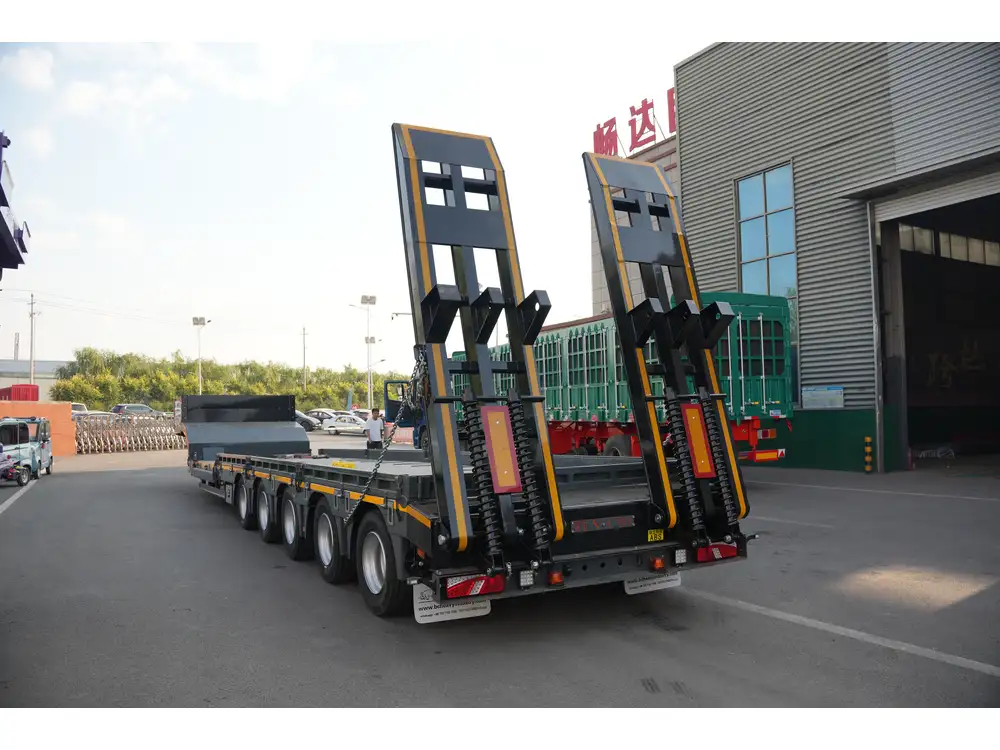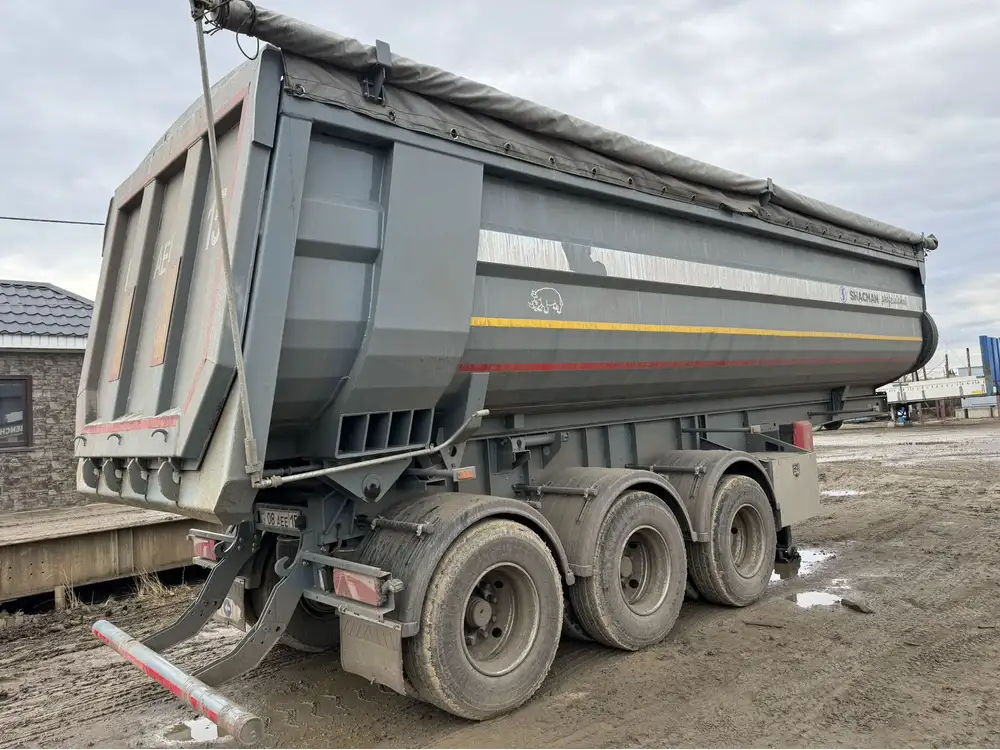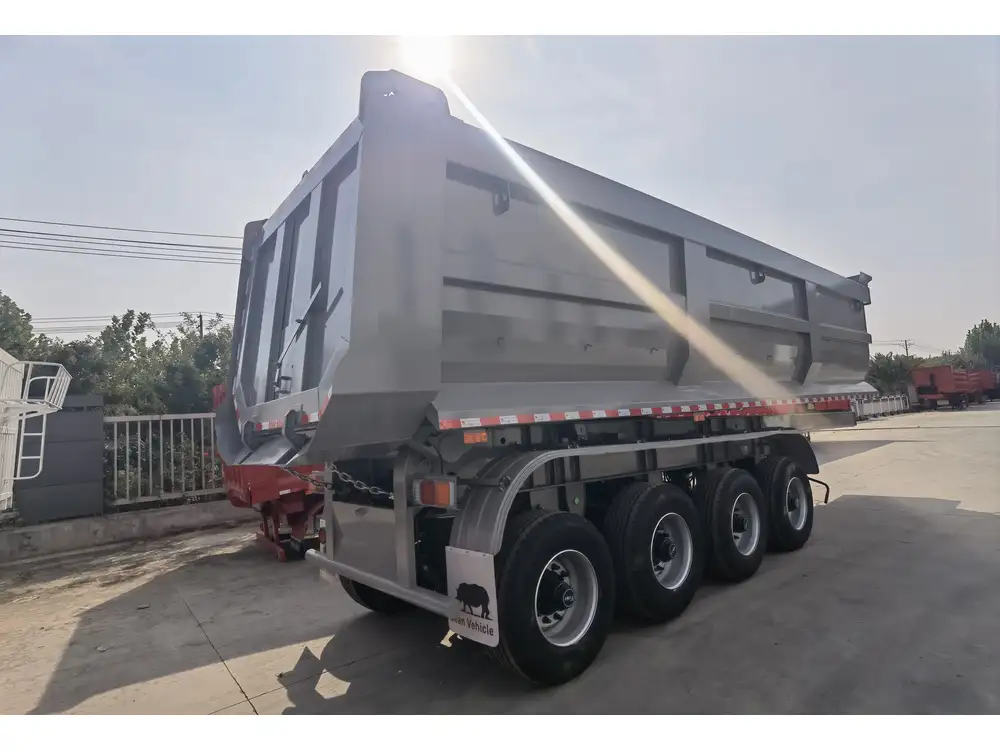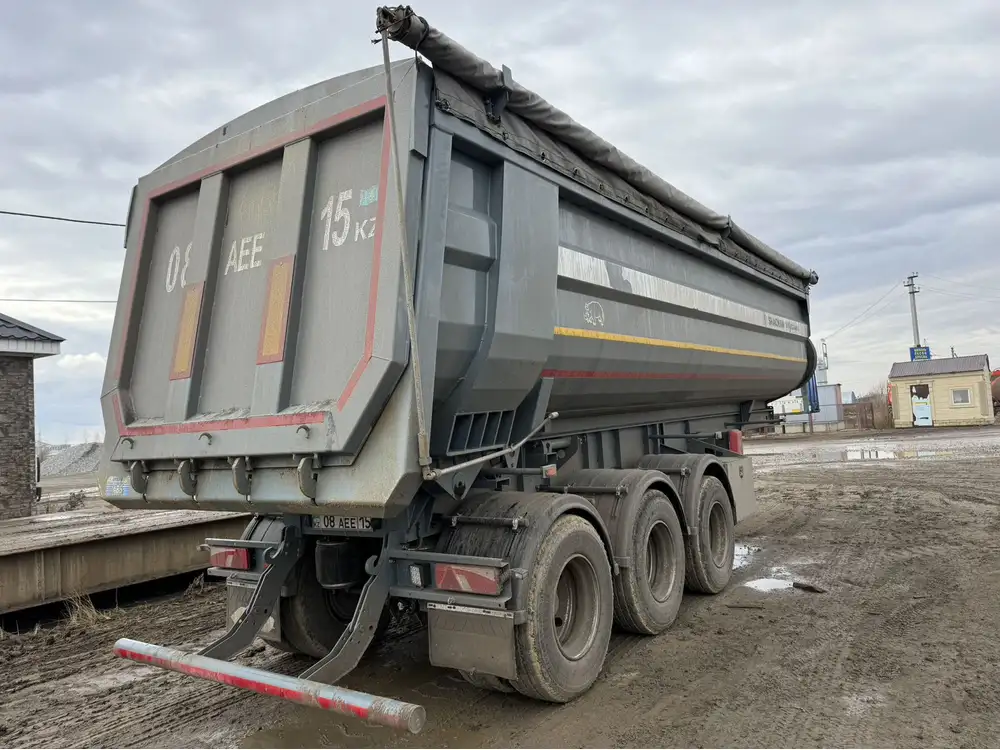When navigating the complex world of freight transport, one of the cardinal questions that frequently arises is: what is the standard semi-trailer length? This inquiry is pertinent not only to manufacturers but also to logistics companies, drivers, and regulatory bodies. Understanding the dimensions of semi-trailers not only influences operational efficiency but also affects compliance with various transportation regulations.
Semi-Trailer Length: A Detailed Exploration
Industry Standards and Variations
The standard length of semi-trailers varies globally, influenced by legislative limits and specific national requirements. Here, we dissect the standard dimensions across several frameworks:
| Country/Region | Standard Length | Maximum Length | Notes |
|---|---|---|---|
| United States | 48 feet (14.63 m) | 53 feet (16.15 m) | Common among freight carriers |
| Canada | 53 feet (16.15 m) | 60 feet (18.3 m) | With special permits |
| European Union | 13.6 meters (44.7 ft) | 16.5 meters (54.1 ft) | Varies by type of vehicle |
| Australia | 12.5 meters (41 ft) | 19 meters (62 ft) | Restrictions may apply by state |

Why Does Length Matter?
The length of a semi-trailer significantly impacts various factors within the logistics framework:
Load Capacity: Longer trailers can accommodate more cargo, which directly correlates to shipment efficiency and cost-effectiveness.
Turn Radius: Longer trailers present challenges in tight spaces and urban environments, affecting navigation and delivery efficiency.
Regulatory Compliance: Adhering to local and international transport regulations is paramount to avoid hefty fines or delivery setbacks.
Fuel Efficiency: The design and length can influence wind resistance, thus affecting fuel consumption during transit.
Types of Semi-Trailers by Length
To provide further clarity, let’s examine the primary types of semi-trailers commonly utilized, categorized by their lengths:
1. Standard 48-Foot Trailers
- Usage: Widely used across the United States and Canada.
- Cargo Types: Dry goods, boxed items.
- Advantages: Versatile and easily maneuverable in urban areas.

2. 53-Foot Trailers
- Usage: Preferred by many freight companies in North America.
- Cargo Types: Ideal for bulk items, large equipment, and pallets.
- Advantages: Maximizes volume without compromising payload.
3. 40-Foot Containers
- Usage: Common in intermodal freight transported by cargo ships and rail.
- Cargo Types: Typically used for international shipping.
- Advantages: Standardized size facilitates easier stacking and transporting.
4. Longer Variants (Up to 60 Feet)
- Usage: Found in specialized transport situations, often requiring special permits.
- Cargo Types: Large scale machinery, vehicles, and construction materials.
- Advantages: Increased load capacity, but requires greater driver skill.

Regulations Surrounding Semi-Trailer Length
The Federal Motor Carrier Safety Administration (FMCSA)
In the United States, the FMCSA establishes regulations regarding semi-trailer lengths as part of the efforts to maintain road safety and efficiency. Notably:
- Interstate Standards: Trailers should not exceed 53 feet in length on interstate highways. This is a federal minimum; however, local state laws may vary.
- State-Specific Regulations: Certain states allow for longer trailers under specific circumstances, often requiring special permits.
European Union Guidelines
In Europe, the regulations are standardized across member states to facilitate seamless trade. Key points include:
- Trailers must not exceed 13.6 meters in length unless special approvals are obtained.
- Different types of freight can adopt various standards, which can lead to complexities in international deliveries.

The Impact of Length on Freight Costs
A Cost Analysis
Understanding how length correlates to the cost of freight is critical for businesses. Here’s an illustrative breakdown:
| Trailer Length | Average Freight Rate per Mile | Typical Load Capacity | Cost Efficiency Ratio |
|---|---|---|---|
| 48 feet | $2.00 | 26,000 lbs | High |
| 53 feet | $2.05 | 34,000 lbs | Higher |
| 40 feet | $1.90 | 22,000 lbs | Moderate |
| 60 feet | $2.50 | 40,000 lbs (with permit) | Variable |
Efficiency Gains
Larger trailers can lead to a decrease in the cost per unit—an essential factor for companies looking to maximize margins while minimizing expenses.

Trailer Length Considerations for Different Industries
Different industries have unique requirements dictating the choice of semi-trailer lengths. Here are pertinent examples:
1. Retail and E-commerce
- Typical Lengths: 48 and 53 feet.
- Focus: Quick turnaround and efficient loading for consumer goods.
2. Automotive Industry
- Typical Lengths: 53 feet or custom-length double-deckers.
- Focus: Maximizing vehicle transport efficiency.

3. Construction Materials
- Typical Lengths: 40 to 60 feet trailers.
- Focus: Transporting oversized equipment/materials, often needing end-dump trailers.
4. Agriculture
- Typical Lengths: 48 or 53 feet.
- Focus: Flexible loading options to accommodate bulk agricultural products.
Innovations and Future Trends in Semi Trailer Length

Emerging Technologies
As the transportation industry continues to evolve, innovations in trailer design reflect the need for increased efficiency and adaptability:
Composite Materials: Lighter materials enhance fuel efficiency.
Aerodynamic Designs: Modern trailers are increasingly streamlined, reducing air resistance and improving overall mileage.
Telematics Integration: Real-time data analytics on freight dimensions can assist in optimizing loads based on route and trailer specifications.
Regulatory Changes on the Horizon
Given environmental concerns, some jurisdictions may implement new standards that prioritize eco-friendly designs while challenging traditional lengths. Stakeholders must stay informed about emerging regulations that could impact operational capabilities.
Conclusion: Making Informed Choices
In summary, the inquiry surrounding what is the standard semi-trailer length opens up a portal to explore the intricacies of freight logistics. The choice of semi-trailer length directly affects efficiency, cost, and regulatory compliance. Given the inherent complexities of transport across various regions, making well-informed decisions is crucial for manufacturers, carriers, and businesses that depend on freight services.
By understanding the nuances associated with trailer lengths, companies can enhance operational efficiency, optimize costs, and ensure compliance with both domestic and international regulations, paving the way for a smoother transportation experience.



